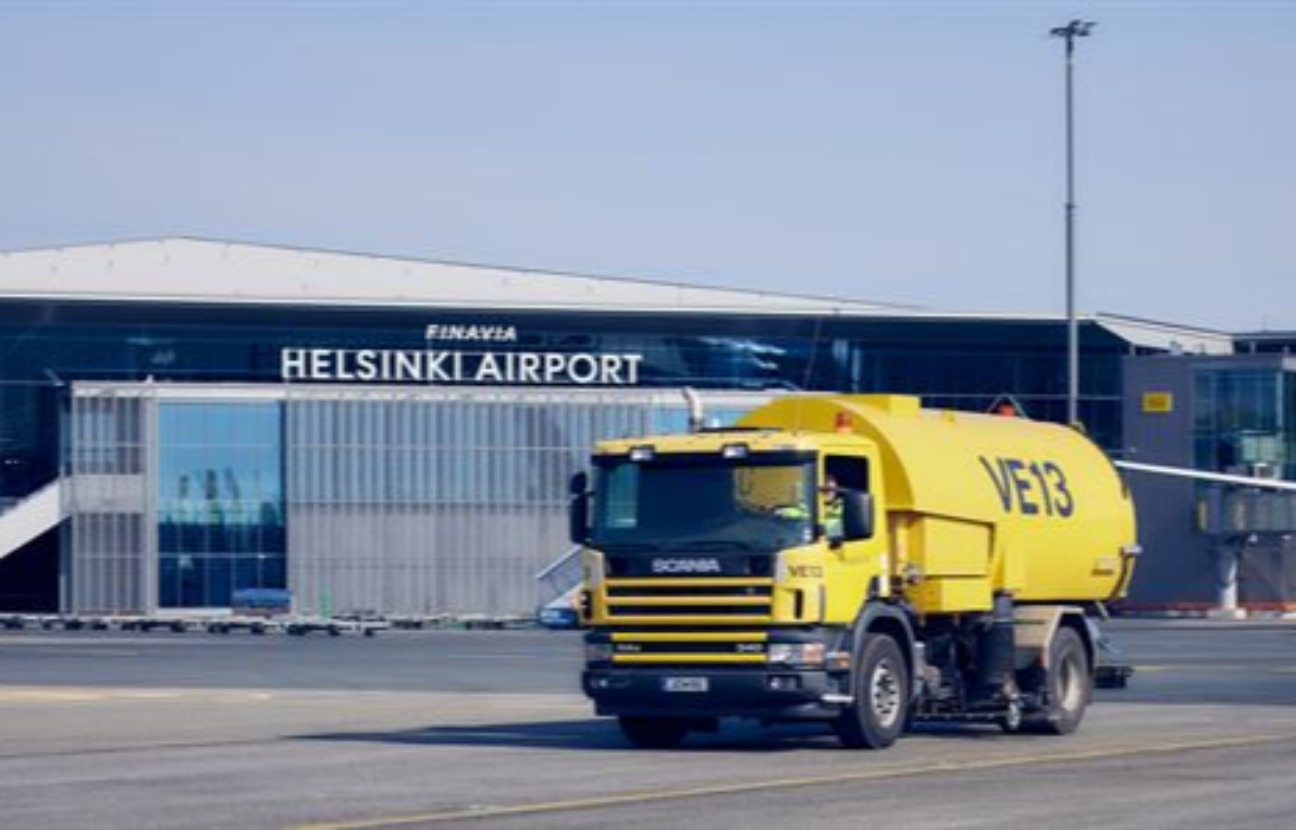Helsinki Airport Reaches Net-Zero Milestone
With Help from Neste’s Renewable Diesel
Helsinki Airport has become the first in Finland to reach net-zero carbon emissions in its own operations, earning certification from the international Airport Carbon Accreditation (ACA) programme. A key contributor to this achievement is Neste MY Renewable Diesel™, which has been powering the airport’s machinery and emergency generators since 2024.
Operated by Finavia, the Finnish airport company, Helsinki Airport is leading the charge in sustainable aviation infrastructure. This milestone is part of Finavia’s broader climate programme, which aims for net-zero emissions across all its airports by the end of 2025.
One of the most significant contributors to emissions at airports is the heavy-duty machinery required for runway and apron maintenance—accounting for roughly 80% of Finavia’s fuel use. Neste MY Renewable Diesel has allowed the airport to cut greenhouse gas (GHG) emissions from this machinery dramatically, without the need to modify engines or fueling infrastructure.
What Makes Neste MY Renewable Diesel Different?
Neste’s renewable diesel is a drop-in replacement for fossil diesel, made entirely from renewable raw materials. Known as HVO100 (hydrotreated vegetable oil), it offers a cleaner-burning alternative that’s chemically similar to fossil diesel but free of oxygen and aromatics. Its high cetane number (typically 70–90) results in better combustion, improved engine performance, and easier cold starts.
Neste’s proprietary NEXBTL™ technology enables the production of high-quality renewable diesel from 100% renewable sources, including lower-grade waste and residues such as used cooking oil, animal fats, and vegetable oil processing residues. These inputs are generally unsuitable for human consumption and are sourced globally, with Neste maintaining strict traceability and sustainability standards.
According to Neste, when made entirely from waste and residue inputs for the European market, its renewable diesel can reduce GHG emissions by up to 95% over the fuel's life cycle compared to fossil diesel. Unlike conventional biodiesel (FAME), Neste’s renewable diesel maintains consistent quality even when derived from low-grade feedstocks. It also boasts superior storage stability and doesn’t carry the same risks of microbial contamination.
A Broader Role in Transport Decarbonisation
Neste MY Renewable Diesel is compatible with all existing diesel engines and the current fuel infrastructure, making it an effective solution for decarbonising sectors that are hard to electrify—such as aviation ground operations, heavy road transport, marine logistics, and construction.
In Finland, Neste supplies Finavia with renewable diesel produced entirely from waste and residues. Through subsidiaries like Mahoney Environmental in the United States, Neste collects used cooking oil from around 100,000 restaurants, ensuring a scalable and global supply chain.
The company’s rigorous sustainability criteria align with the EU’s Renewable Energy Directive (EU RED) and the US Environmental Protection Agency (EPA), ensuring that all renewable feedstocks deliver verifiable GHG reductions.
What's Next?
Finavia plans to roll out the use of Neste MY Renewable Diesel across its entire network of Finnish airports by 2025. For Neste, the focus remains on markets that support the transition to low-carbon energy through favourable regulation—most notably Europe and North America.
With operations on three continents and a diverse raw material portfolio, Neste is positioning itself as a global enabler of low-emission solutions, helping its customers meet ambitious climate goals while keeping existing infrastructure intact.
